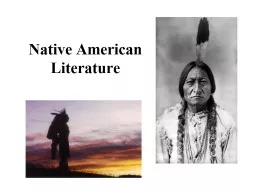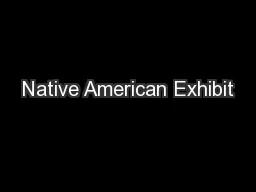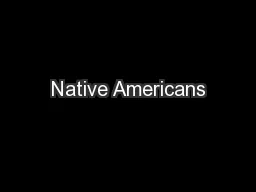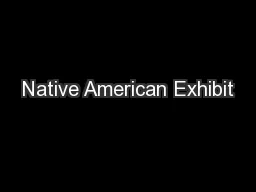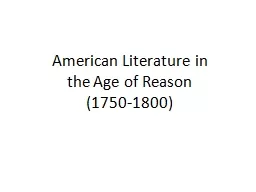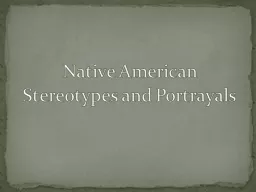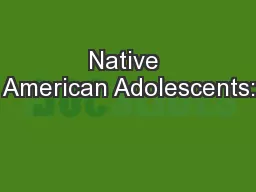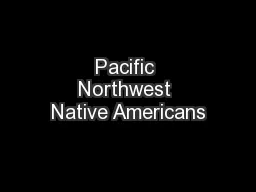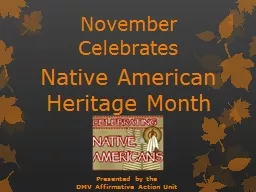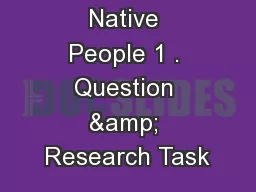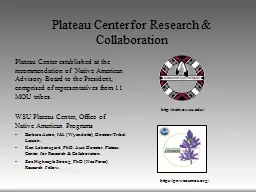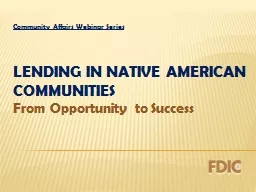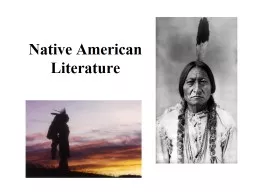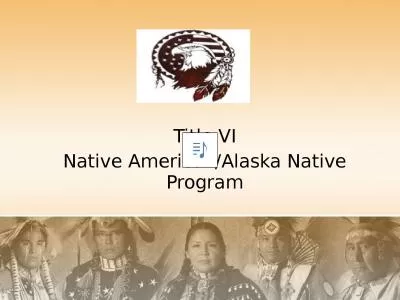PPT-Native American Literature
Author : danika-pritchard | Published Date : 2016-09-05
Native American Literature Cultural Diversity At time of Columbus 350 distinct languages existed in North America Thousands of distinct cultural groups existed
Presentation Embed Code
Download Presentation
Download Presentation The PPT/PDF document "Native American Literature" is the property of its rightful owner. Permission is granted to download and print the materials on this website for personal, non-commercial use only, and to display it on your personal computer provided you do not modify the materials and that you retain all copyright notices contained in the materials. By downloading content from our website, you accept the terms of this agreement.
Native American Literature: Transcript
Download Rules Of Document
"Native American Literature"The content belongs to its owner. You may download and print it for personal use, without modification, and keep all copyright notices. By downloading, you agree to these terms.
Related Documents

